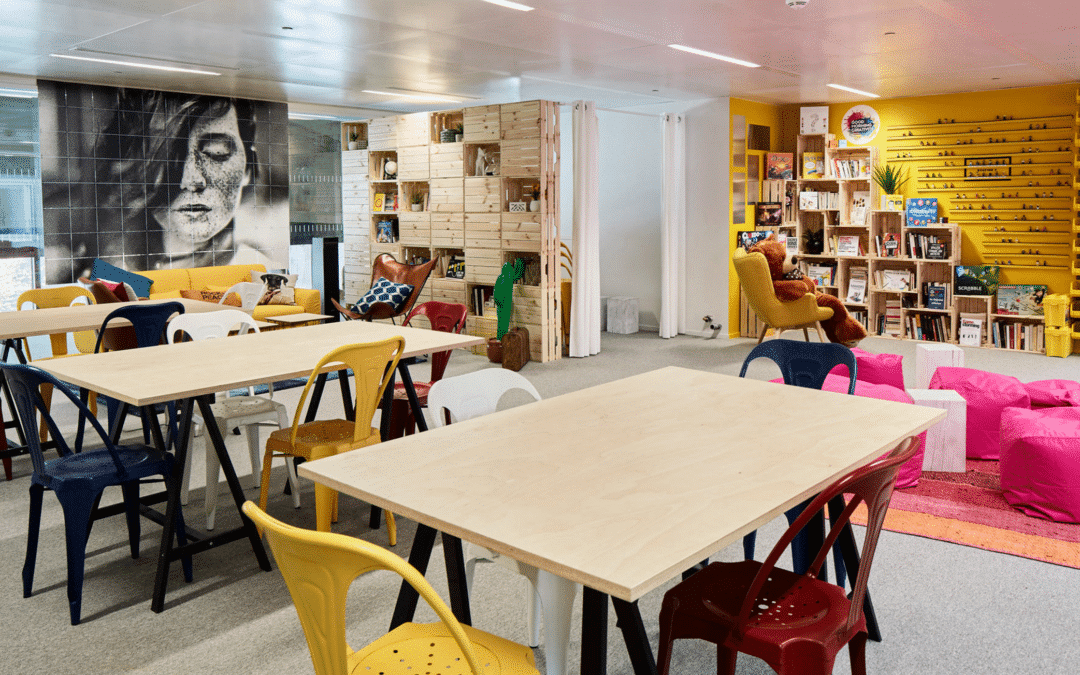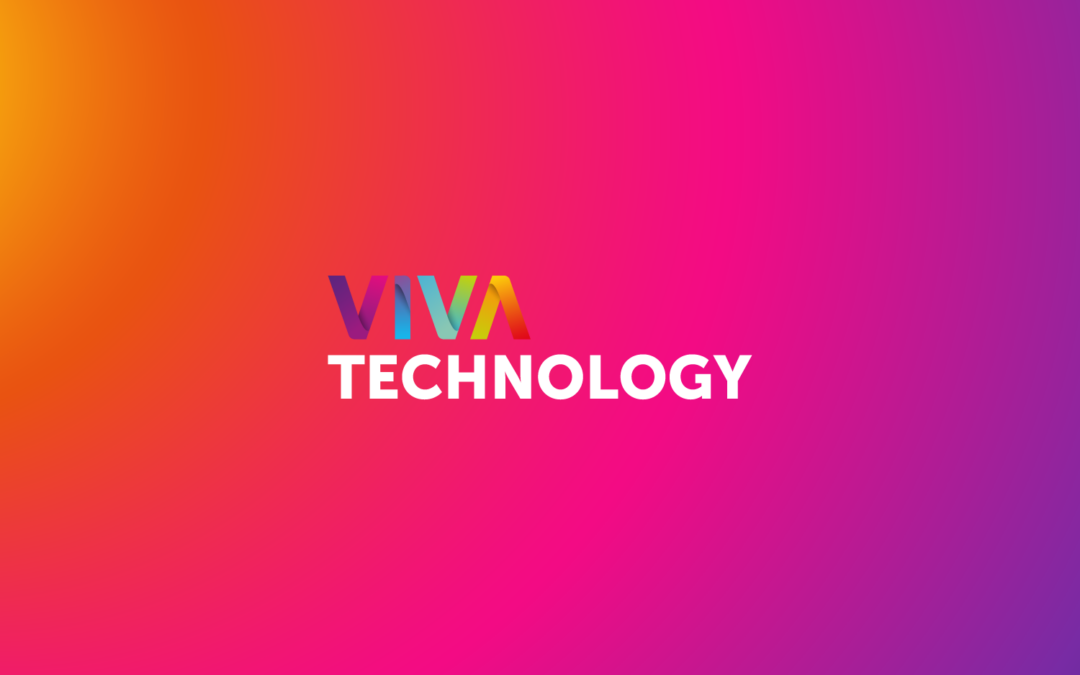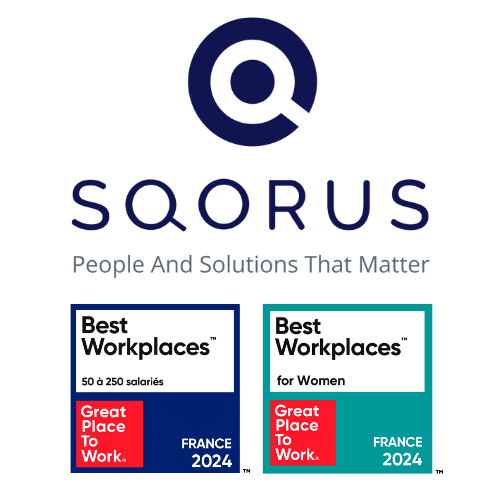In an ever-changing world, how can companies boost their creativity and stay competitive? The answer lies in developing a culture of innovation. But what are the key success factors and challenges involved in bringing about such change? What are the limits of a new corporate culture?
The environment: a key factor in the culture of innovation
Innovation culture is defined as an environment where risk-taking and experimentation are encouraged in order to stimulate thinking. It is based on values such as open-mindedness, collaboration and the right to make mistakes, creating a framework conducive to the emergence of new ideas.
As Luc Julia, Chief Scientific Officer at Renault Group, and one of the designers of the Siri voice assistant, points out, “ if there were a recipe for innovation, it would be to bring together very different people in a room to create something unexpected. So, if it’s unexpected, maybe it’s going to be innovative. “.
The impact on individual creativity
Encouraging and stimulating this approach to innovation within the company makes it possible to establish a working environment that fosters creativity by providing agile support. Interdisciplinary collaboration, recognition of contributions and a willingness to listen enable employees to feel encouraged and to develop their inventiveness. Teresa Amabile, in her “componential theory of creativity”, considers that individual creativity is an essential source ofinnovation.
At SQORUS, we make a point of creating a stimulating and caring work environment: idea boxes, a culture of feedback, encouragement of experimentation and, above all, recognition of every idea. Our themed events, such as our Open Scene events organized by the Innovation Lab, encourage people to speak out, and we value every project.
A major company like Google is famous for its“20% time” policy, which allows employees to devote 20% of their time to personal projects.
Founders Sergey Brin and Larry Page explain that “. This allows us to be more creative and innovative. Many of our significant advances have been achieved in this way. This allows us to be more creative and innovative. Many of our significant advances [like AdSense and Google News] have been achieved in this way”.
Collective creativity in an innovative environment
In an innovative environment, collective intelligence depends on the diversity of ideas and the synergy of skills. When people produce collaboratively, the variety of their points of view enables them to come up with more creative and richer concepts than if they were working alone. Ongoing interaction and constructive feedback between collaborators and leaders encourage the continuous improvement of ideas, while inclusion and trust encourage each participant to contribute freely.
This collaborative framework fosters inspiration, mutual learning and co-creation, enabling complex challenges to be tackled more effectively and new skills to be acquired rapidly.
Take Procter & Gamble, for example: the company is well known for its“Connect + Develop” program, which fosters cooperation within the company and with external partners. Thanks to this program, P&G has been able to develop new products and technologies by drawing on a vast network of innovators. For example, P&G and a small start-up collaborated to develop the Swiffer Sweeper, which has totally changed the way we do our housework.
At SQORUS, we take a number of steps to encourage this collective creativity. The Innovation Lab organizes a variety of internal and external workshops, encouraging the exchange of ideas and the improvement of our divisions, with multidisciplinary co-creation at the service of our customer projects and our company, with the aim of developing solutions. Each innovative idea is studied by the committee before being implemented.
Our watchword: team synergy.

The challenges and limits of a corporate innovation culture
Establishing a culture of continuous innovation means encouraging employees, organizing events, asking for negative or positive feedback, but above all encouraging them to step out of their comfort zone, not to be afraid of making mistakes. The company must therefore establish a climate of trust and sincerity.
On the other hand, some overly performance-oriented cultures can stifle creativity for fear of failure. ” Success is going from failure to failure without losing enthusiasm ” Winston Churchill.
What are the benefits of innovation?
In its 2023 study, entitled “Most innovative companies – Reaching new heights in uncertain times“, The Boston Consulting Group (BCG) emphasizes the importance and impact of innovation in business, pointing out that ” 79% of companies consider innovation to be a top strategic priority “. Among the most innovative companies, we find Apple, Tesla and Amazon in first place, demonstrating that a well-developed culture of innovation enables companies to outperform the market.
This study shows that innovation is a key element in the sustainability and competitiveness of companies, underlining that ” 66% of companies plan to increase their investment in innovation “, in order to adapt to market challenges.
Why do they do it? One answer is provided by McKinsey in 2022, which shows that companies that invest in innovative processes experience an average 20% increase in sales over a three-year period!
One culture, one value
A culture of innovation is a fundamental value in fostering creativity within companies. By creating an environment conducive to risk-taking and experimentation, SQORUS is committed to promoting open-mindedness and interdisciplinary collaboration. By appreciating everyone’s contributions and valuing individual improvement, we strengthen the commitment of our employees.
To maintain this momentum, we need to regularly evaluate our practices and adjust our strategies based on feedback. This flexibility enables us to remain responsive to challenges and to continue innovating.
The diversity of ideas and the synergy of skills are the two main advantages of this approach.
Implementing such a culture is not without its obstacles. A climate of trust and transparency is essential, but it’s also important to recognize that resistance to change can put the brakes on initiative.
34 HR innovations and trends for 2025
Discover the latest HR innovations and trends and accelerate your digital transformation.
Contact
A project? A request?A question?
Contact us today to find out more about our SQORUS Lab.














